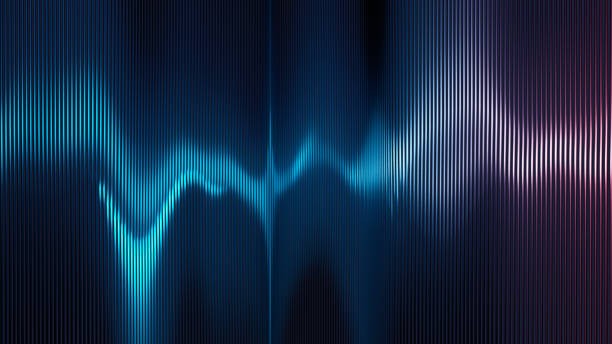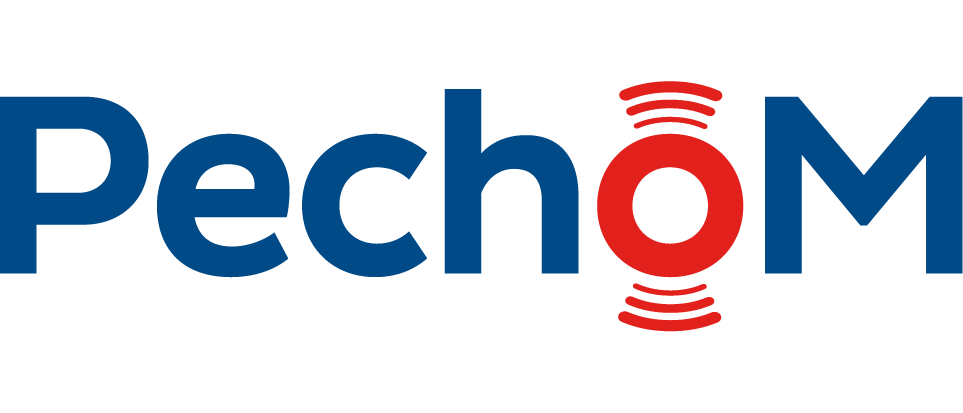Ways to Prevent Noise
14 November 2024
Noise, in the simplest terms, is unwanted sound. In our previous articles, we discussed how noise, one of the biggest problems of our time, affects our health with irreversible consequences. (Effects of Noise on Human Health)
In today's world, where industrialization is advancing rapidly and population density is increasing, the problem of noise is growing steadily. However, with this increase comes greater awareness of noise, and there are many methods to address this issue.
Factories that are among the loudest in terms of machinery and operational principles are typically in the textile, iron-steel, and automotive sectors [1]. Workers in these sectors face the need to address the noise problem to ensure work safety and health in the work environments where they spend most of their day. Improving working conditions and controlling noise levels are essential to enhance the health and well-being of employees.
Methods for Noise Protection in Industry
To reduce or eliminate the noise problem in workplaces, it is essential first to accurately identify the noise source with the necessary engineering approaches. A noise map of the area should be created to identify noise sources. Once the source of noise is determined, noise can be reduced using three main approaches:
- Reducing and controlling noise at the source
- Reducing noise along the path between the source and the receiver
- Blocking noise at the receiver
The third approach should be considered a temporary measure until the first two methods are completed.
So how is noise silenced at its source?
- Replacing machines with ones that have lower noise levels
- Replacing high-noise processes with lower-noise processes
- Isolating noise sources that spread through the air into separate compartments
To reduce noise along the path between the source and the receiver:
- Taking sufficient measures against noise and vibration on the surface where machines are placed
- Placing noise-blocking barriers between the noise source and the person exposed to the noise
- Covering walls, ceilings, and floors with sound-absorbing materials where sound can pass through or reflect
Replacing a machine with a quieter model is often difficult to achieve in today's conditions and can be costly. Similarly, switching to a quieter process can increase costs and lead to significant time losses and substantial changes to the existing system.
Methods such as isolating the noise source, creating a barrier between the receiver and the source, or constructing a noise wall are generally faster and more practical solutions.
Such improvements are often carried out with various product groups like noise enclosures, noise barriers, or insulation. However, determining the necessary and most effective solution for you among these steps and products is the most critical aspect of this process. Although not as high as source replacement, these procedures may still require significant investment. It’s essential to consult with specialists to determine the solution that best meets your specific needs.
The following steps should be taken to create the desired quiet environment:
- Firstly, noise sources should be identified using Pechom’s frequency noise mapping service. The mapping report at the end of this service will also display alternative solutions for the noise sources.
- In the second step, the identified noise sources should be prioritized based on the degree of risk, and a roadmap for creating a quieter environment should be developed. Prioritization should consider factors such as the number of employees, exposure duration, and process time in the environment.
- Finally, Pechom's guaranteed acoustic solutions should be applied to the noise sources identified in the report to achieve the desired quiet environment.
References:
[1] TSI: Industrial Noise Management Standards, No: 123456, 2005.

